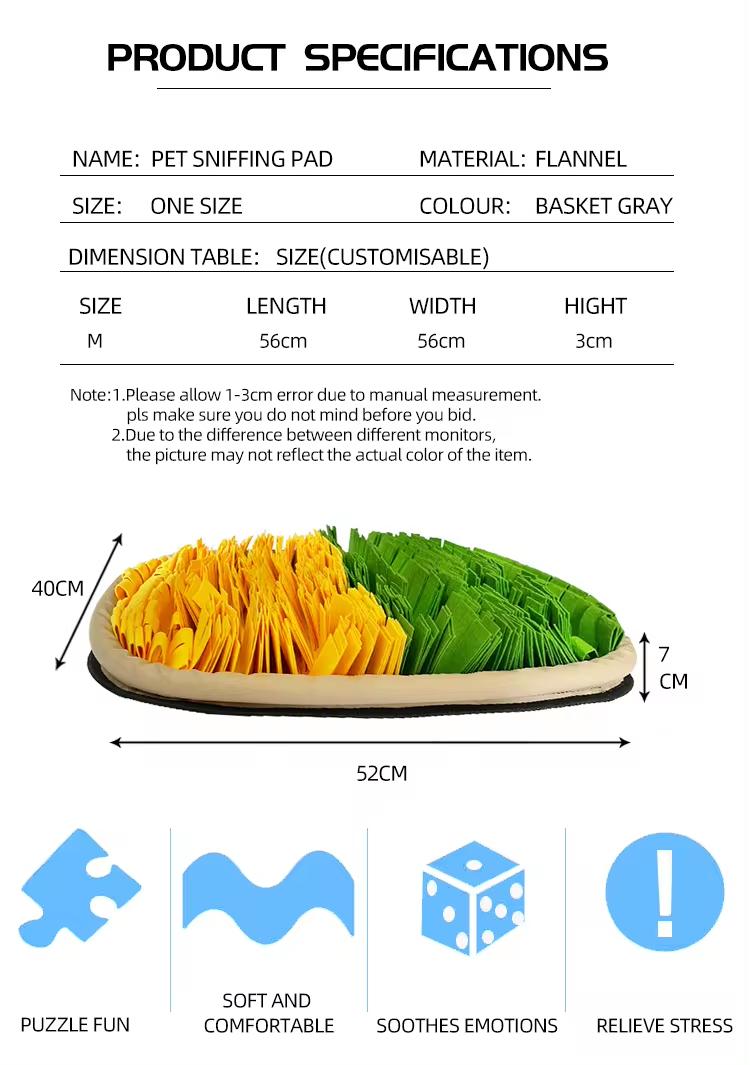How to Make Sound Absorbing Wall Panels
In today’s fast-paced world, noise pollution can be a significant discomfort, especially in urban settings where sound can echo endlessly off hard surfaces. If you are looking to create a more tranquil environment in your home or office, sound-absorbing wall panels can be an excellent solution. Not only do they enhance privacy and concentration, but they can also improve the overall aesthetics of a space. This article will guide you on how to make your own sound-absorbing wall panels step by step.
Materials You Will Need
Before you begin your project, gather the following materials
1. Acoustic Foam or Fiberglass Insulation Both materials are effective at absorbing sound. Acoustic foam is widely available and comes in various thicknesses, while fiberglass insulation is more affordable and can be covered for aesthetics. 2. Wooden or Framed Base This could be plywood or wooden boards that will serve as the backboard for your panels.
3. Fabric Choose a breathable fabric that complements your decor. Natural fabrics like cotton or linen are great for sound absorption, while synthetic fabrics can be used for durability.
4. Adhesive You may require spray adhesive or heavy-duty glue to attach the foam or insulation to the backing.
5. Staple Gun For securing the fabric over the insulation.
6. Ruler, Pencil, and Saw For measuring and cutting the wood to the required sizes.
Step-by-Step Instructions
Step 1 Measure and Cut the Base
Determine the size of your panels based on the area where you plan to install them. Common dimensions for wall panels range from 2ft x 4ft to 2ft x 2ft. Use a ruler and pencil to mark your measurements on the plywood, and then carefully cut it to size using a saw.
how to make sound absorbing wall panels

Step 2 Cut the Acoustic Material
Using the base you’ve created as a guide, cut the acoustic foam or fiberglass insulation to match its dimensions. Ensure the edges are smooth to prevent any exposure to the insulation material.
Step 3 Attach the Acoustic Material
Apply a layer of adhesive to the back of the acoustic material and firmly press it against the plywood backing. Ensure that there are no gaps or areas where air could escape, as this will reduce the panel's effectiveness. Allow the adhesive to dry according to the manufacturer’s instructions.
Step 4 Cover with Fabric
Once the acoustic material is securely attached and dry, lay the fabric face down on a flat surface. Place the panel (with the acoustic side facing down) on top of the fabric. Make sure there is enough fabric to wrap around the edges of the panel. Pull the fabric over the edges and use a staple gun to secure it to the back of the panel. Start from the center and work your way outwards to avoid wrinkles.
Step 5 Finishing Touches
Trim any excess fabric to ensure a neat finish. You might also want to add a border or frame to the panel for added aesthetics. Take a moment to inspect the panels for any loose areas and secure them with additional staples or adhesive as needed.
Step 6 Install Your Panels
Now that your panels are complete, decide on their placement. Common areas to install sound-absorbing panels include home theaters, music studios, and shared workspaces. You can hang them with nails, adhesive hooks, or specialized mounting systems available at hardware stores.
Conclusion
Making sound-absorbing wall panels is a rewarding DIY project that not only enhances the comfort of your living or working space but also adds a personal touch to your decor. With relatively inexpensive materials and a bit of time, you can significantly reduce noise levels and create a peaceful environment. Enjoy your handiwork and the tranquility it brings to your surroundings!
